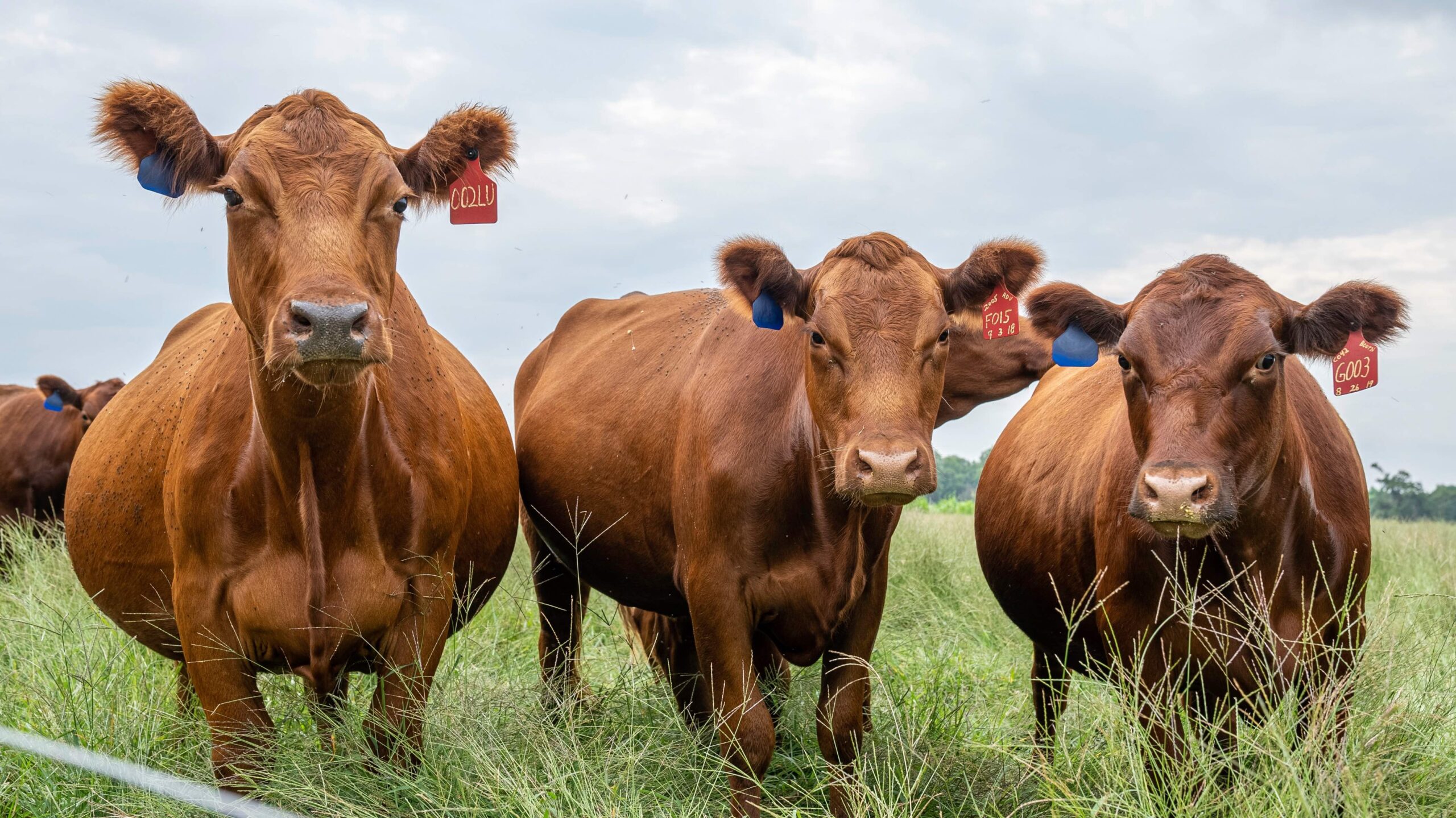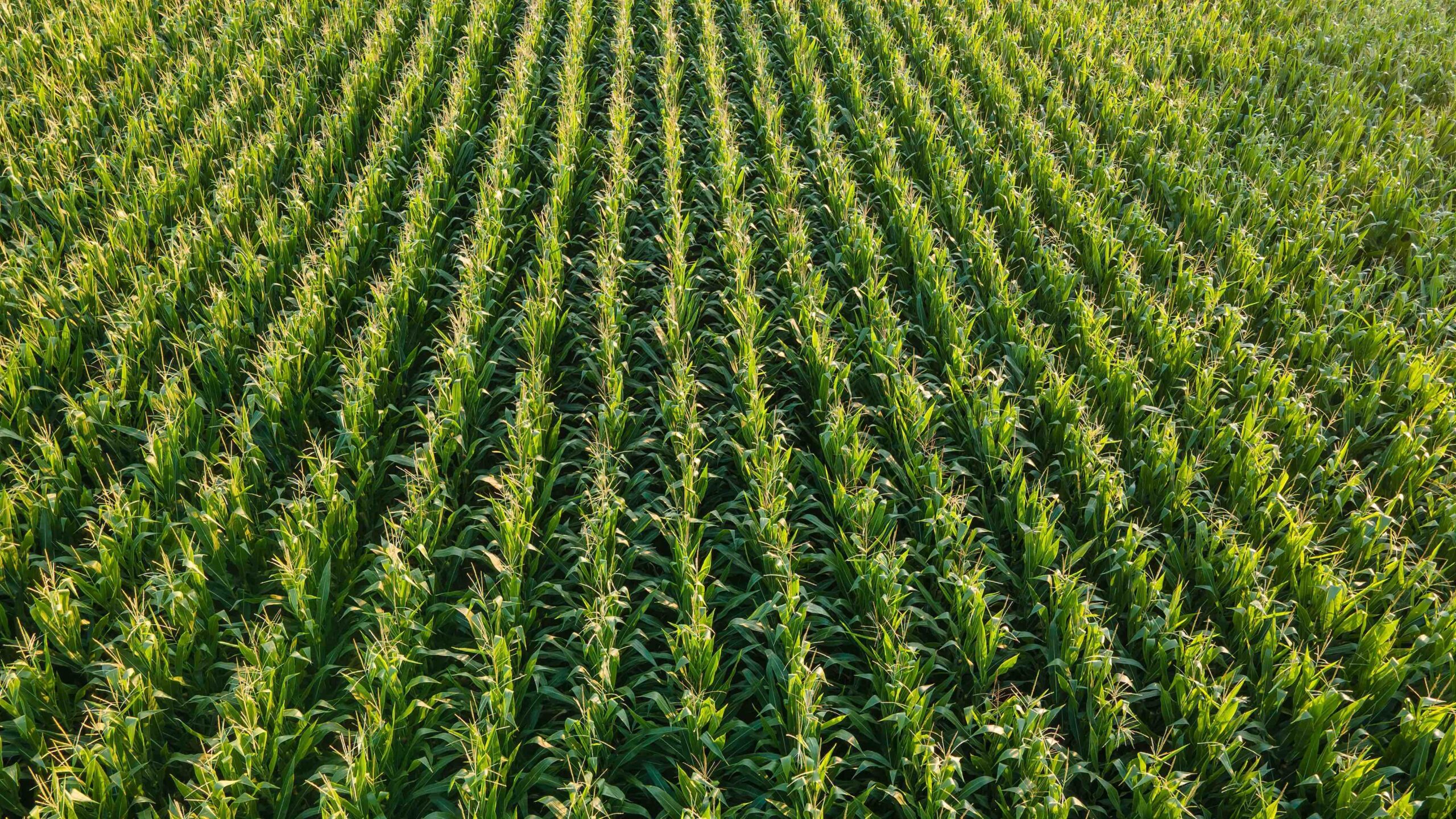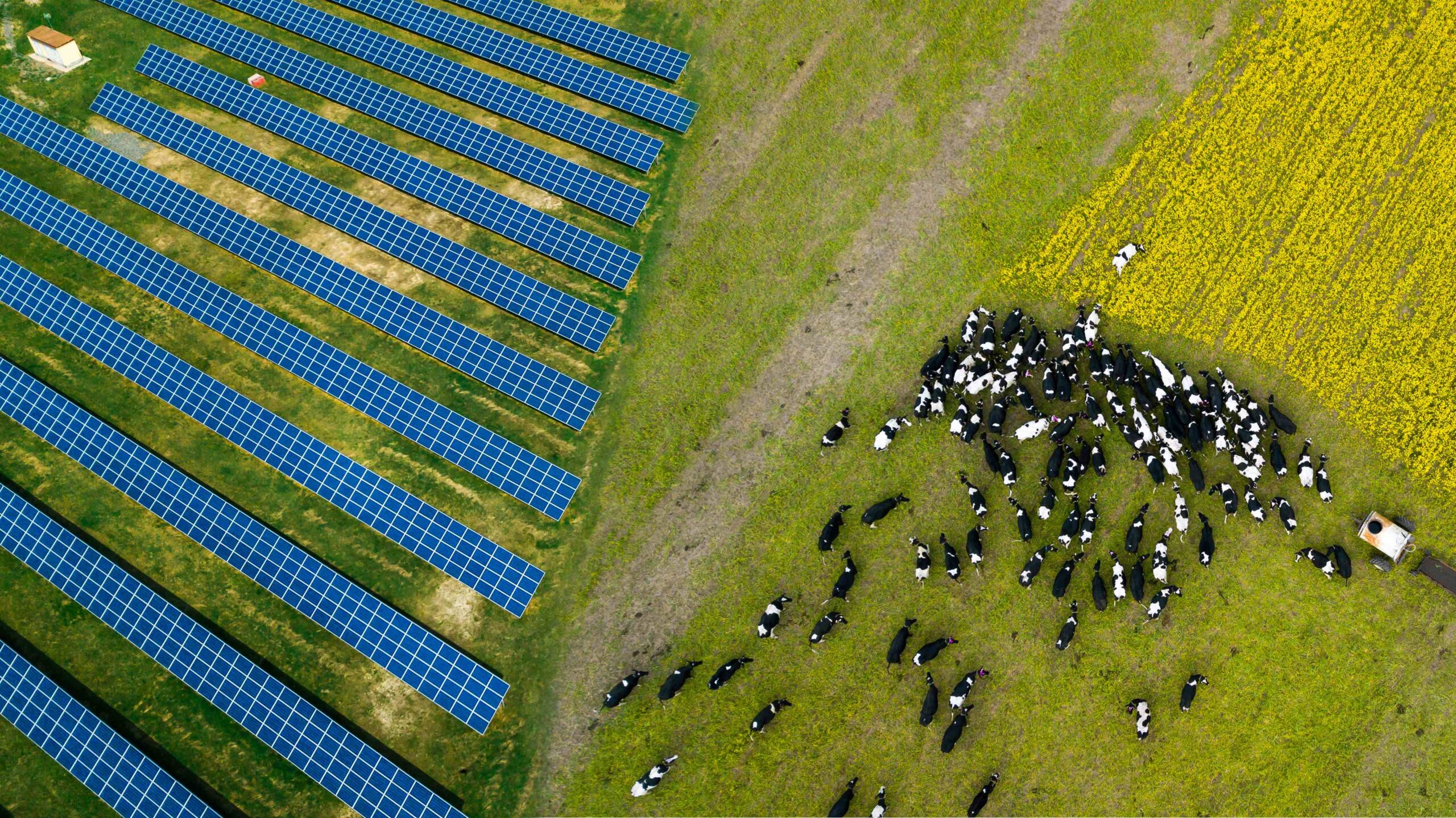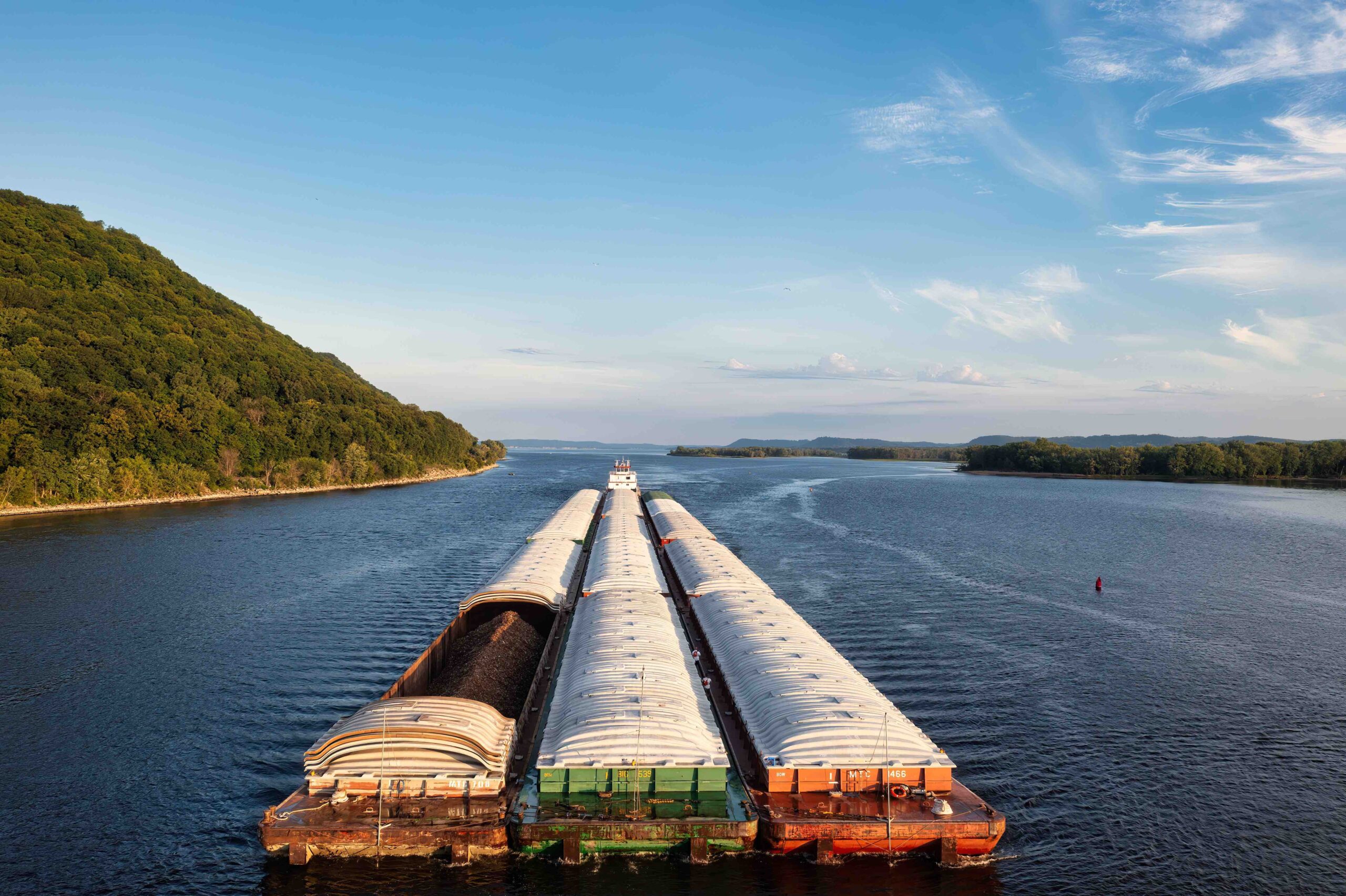The number of feeder and stocker cattle sold during the first four months of 2023 was about four percent higher than during the same period in 2022 according to data from the USDA-AMS National Feeder and Stocker Cattle Summary. Strong prices, persistent drought in some regions, and the timing of wheat pasture cattle movement likely contributed to these higher totals despite the smaller calf crop in 2022.

Shown in the chart above, receipts have generally followed the seasonal pattern of declining sales through the first four months. This dataset includes auction, direct, and video/internet sales that are reported to USDA. It does not capture all feeder and stocker cattle transactions and the report notes that “receipts vary depending on the number of auctions reported” – but comparisons over time can be informative when considering current market dynamics to previous years.
On the surface, the stronger receipts totals are at odds with the 2 percent smaller calf crop in 2022 than in 2021. However, the data are most likely indicating market timing differences instead of changes in total cattle inventory. Cattle prices have been significantly stronger this year as compared to a year ago and drought continues to be a key issue in Texas, Oklahoma, Kansas, Nebraska and other areas which is limiting grazing opportunities. These factors have likely led to more cattle moving into feedlots or grow yards earlier than normal. Compared to the 5-year average from 2017-2021, receipts are one percent lower so far in 2023.
The report also gives information about the mix of steers and heifers and weight ranges and suggests slightly fewer heifers and lighter cattle have been sold this year. Heifers represented 40.9 percent of the stocker and feeder cattle sold during the first 4 months of 2023. This is about one percentage point lower than in 2022. The percent of cattle sold weighing above 600 pounds is also lower at 72.6 percent compared to 73.9 percent a year ago.
Looking ahead, auction receipts will increase seasonally as summer arrives. However, overall supplies this year are expected to be smaller. The estimate of the expected calf crop for 2023 will be released on July 21st as part of the mid-year USDA Cattle Inventory report.
Maples, Josh. “National Feeder and Stocker Cattle Receipts Higher to Start 2023.” Southern Ag Today 3(19.2). May 9, 2023. Permalink
Photo by Mark Stebnicki: https://www.pexels.com/photo/brown-cattle-2253553/










